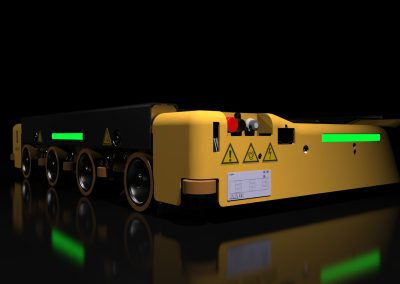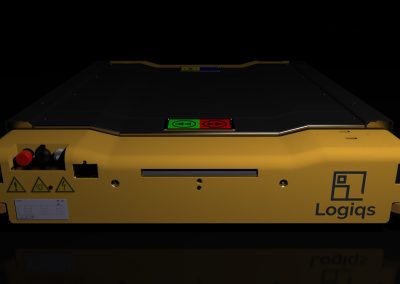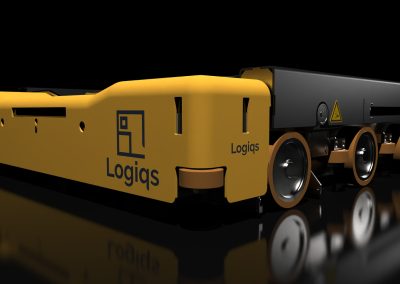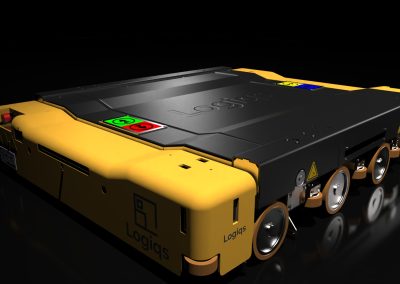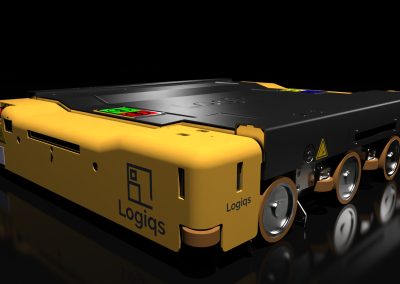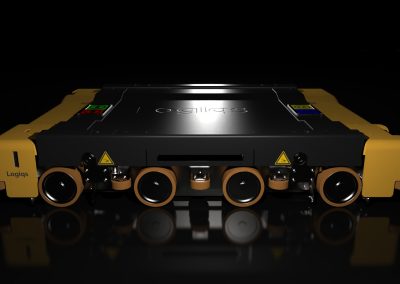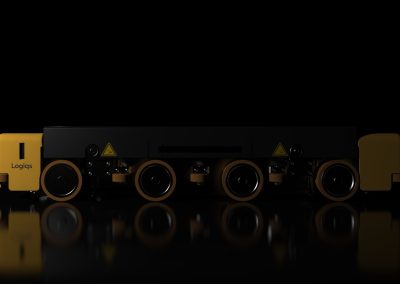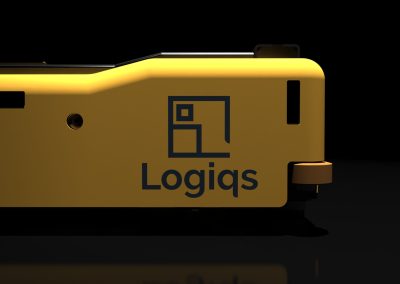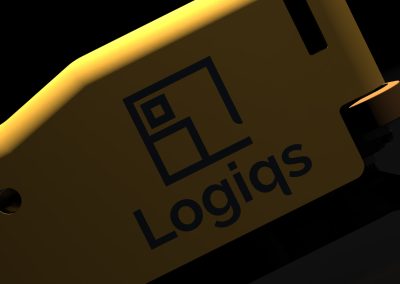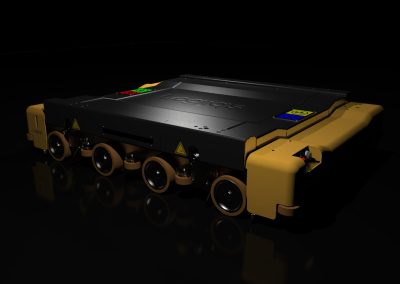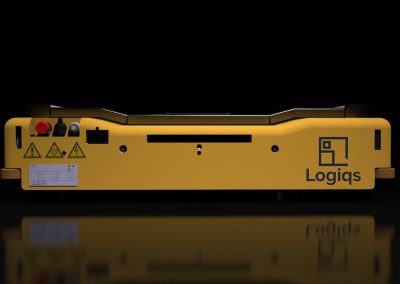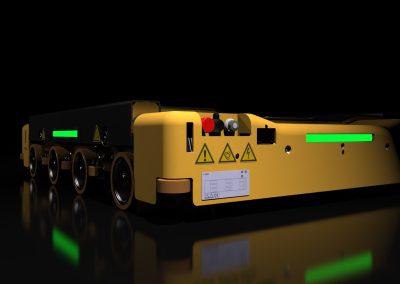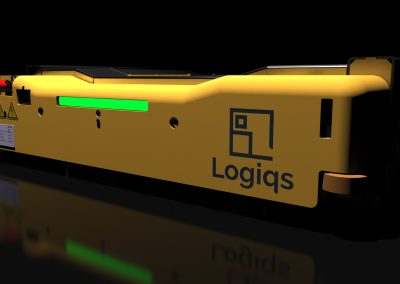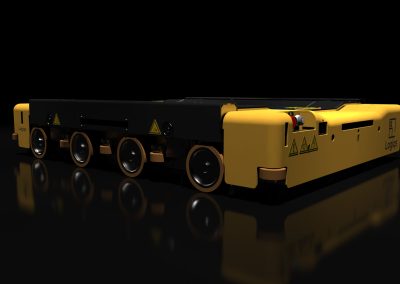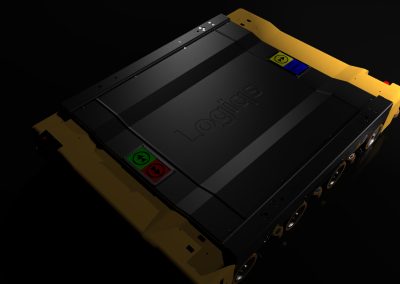E-Carrier
- Reduced self-weight
- Better sensing
- Improved connectivity
- Improved battery
- Higher range
- Higher operating speed
- Improved lifting capabilities
- Cutting edge electro-motor with regenerative braking
Design your AS/RS
Timeline: 2012 to 2022
In 2011 We started development of our first 3D-Carrier
2013 – Prototype live in our factory
2015 – We delivered the first iCUBE project. This was in a -25℃ environment
2016 and 2017 – We focused on optimizing the hydraulic system used by the carrier
2019 – We changed the battery of the carrier because of supplier change
2019–2022 – We continued making small iterative changes to the hydraulic carrier, while also looking to the future and trying to see how we could develop a fully electric Carrier.
The development of the new electric carrier was closely linked to developments made by our electric motor supplier for their range of motors.
Since 2019 we’ve been working with different suppliers to see how we can get a motor that’s powerful enough while still being energy efficient and very compact.
At the end of 2020, the first prototype of the electric motor for the new E-Carrier was ready to start undergoing testing.
During the following 6 months we worked on integrating the new motors and in June 2021 we started the first tests for the E-Carrier prototype.
But the design of the new E-Carrier wasn’t just about the new motors, we took the opportunity to improve each component and truly design a new generation Carrier.
Here are some of the major improvements the E-Carrier brings to the iCUBE AS/RS:
Improved battery and a higher voltage system (from 24v to 48v)
The E-Carrier is now powered by a 48V electrical system that leads to higher efficiency.
For the new E-Carrier we also implemented larger 100ah 48V batteries that can be fitted with heating elements for subzero applications.
We’re now also in the process of diversifying our battery supply pipeline, so we can provide integration for multiple battery modules from multiple suppliers.
Reduced Self Weight – 46% less weight
The first generation of the 3D-Carrier weighed 450kg. During the next years of development, we worked on bringing the self-weight down, and that succeeded, and the weight of the 3D-Carrier went down to 325 kg.
When designing the E-Carrier, we wanted to take this even further, so we looked at each part used in the carrier in order to save as much weight as possible with the new design.
All the improvements together have added up, helping us achieve a self-weight reduction of 26% compared to our latest generation hydraulic Carrier. When compared to the first-generation hydraulic carrier we built, the new E-Carrier weighs a whopping 46% less at 240kg.
40% Faster cruising speed
The new E-Carrier also benefits from an increase in cruising speed from 0,725m/sec to 1 m/sec.
An increase of almost 40% in cruising speed, which translates to increased throughput with less carriers.
Up to 16 hours operation on one charge
The weight loss of the carrier, together with the new, more efficient electric motor and the bigger battery all work together to achieve a considerably improved range on one battery charge.
The initial tests we’ve done for the new E-Carrier show us an improvement of up to 300-400% in range compared to the previous generation E-Carrier. This means that in normal conditions, the E-Carrier can operate up to 16 hours on one charge (with a load of 1600kg)
The performance improvements have even taken our engineering team by surprise, and everyone in the team is thrilled we can offer our customers such a major improvement.
Preciser and 25% faster lifting action
Now, for the new carrier we are using two small electric motors instead of just one, reducing some of the mechanical complexity while also making the lifting action level and consistent.
New self-braking spindles have also been used, further contributing to the energy efficiency of the lifting mechanism. Lifting of the pallets now also happens 25% faster.
Improved WiFi Connectivity
The design of the new E-carrier allowed us to also rethink the set-up, shielding and placement of the WiFi module and its antennas in the carrier, leading to an improved WiFi reception for the carriers in large warehouses.
Improved sensing – precise distance sensing
Now, fitted with laser sensors on the front and back, the new E-Carrier can measure distances more precisely.
We also added extra sensors on the sides for lateral movements between the storage lanes.
Both these changes lead to even more precise positioning while also improving safety and reliability.
We would like to thank all the suppliers and collaborators that contributed to the development of the new E-Carrier and we’re looking forward to seeing the E-Carriers at work in warehouses all around the world, starting next year.
If you would like to learn more about the new Logiqs E-Carrier and how an iCUBE system would impact your warehouse and your logistic processes, please get in touch with us using the form bellow or use our free 3D Configurator to start designing your system.
Useful links
Design your AS/RS
Get in touch with one of our Sales Engineers for more information
Phone: +31 174 514141
Email: info@logiqs.nl
Address: Honderdland 841, 2676 LV Maasdijk, The Netherlands
